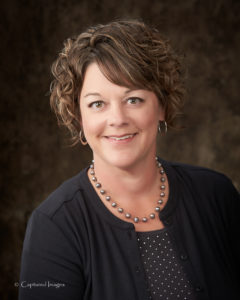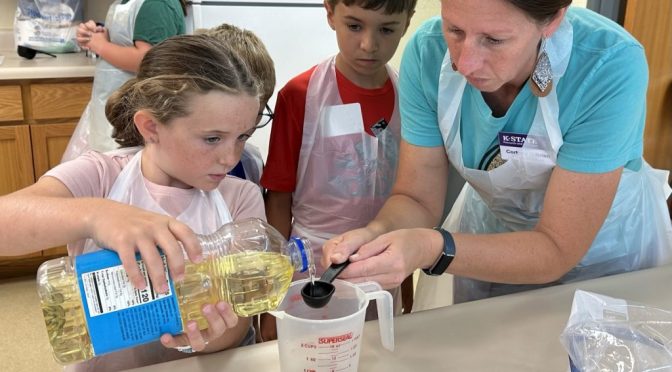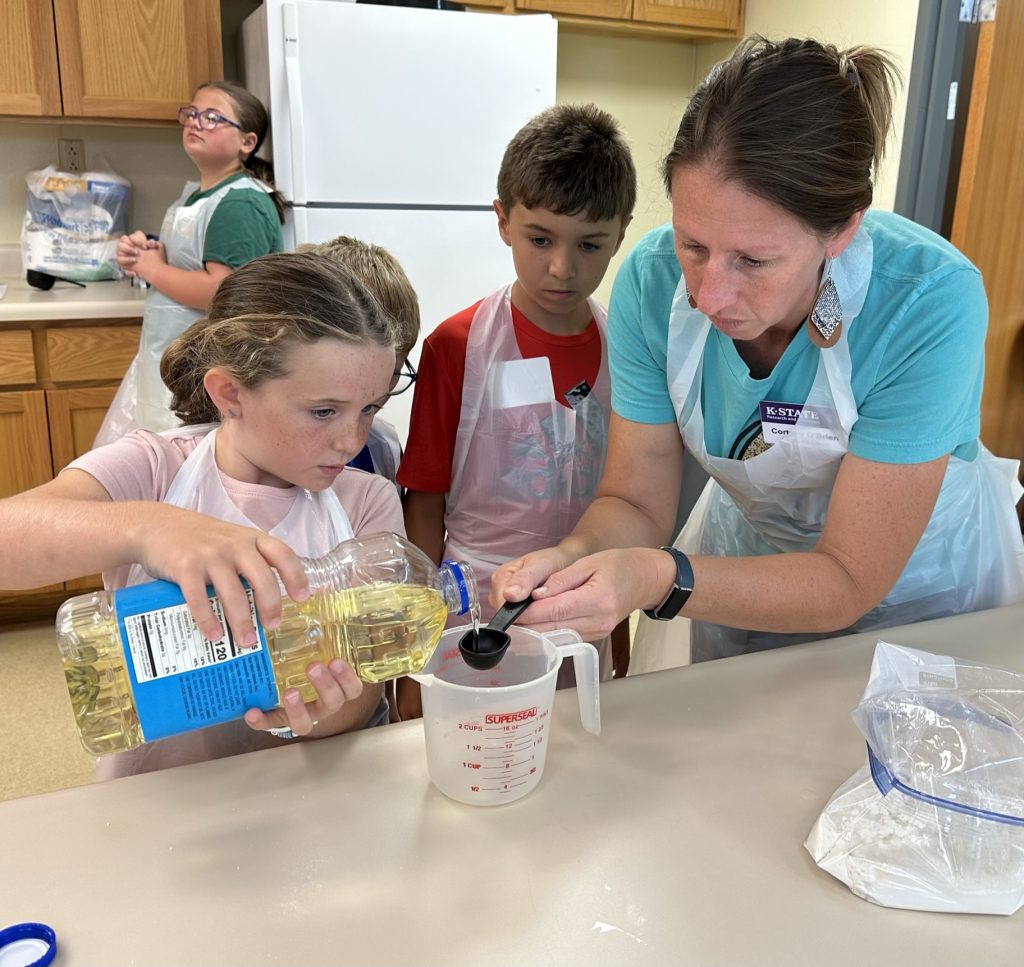
[email protected], 620-244-3826
So Now What? Tips for Managing Life after Retirement
Your finances are all in order and your bucket list is complete. You are officially ready to retire, right? Not so fast. Research has shown that we need to be concerned about more than just money before and during retirement.
Leaving the workforce has implications for your wallet, of course, but it can also affect relationships, physical and emotional health, and even your ability to live independently for longer periods of time. The good news? You can make a difference in all of these areas by being aware and making smarter, well-informed choices.
Researchers at Kansas State University worked to understand steps individuals can take to live a successful, healthy retirement. Here are four key steps that help avoid common challenges and improve the overall retirement experience.
1. Focus on your fundamental relationships. Retirement can have a significant impact on your most meaningful relationships. It is crucial to have conversations that will establish expectations, lay out plans, and allow others to provide input about their role in your well-deserved free-time.
2. Live a healthy lifestyle. Research shows that retirement has the ability to either improve your health or send you packing to the doctor. Whether you choose the path of pajamas and relaxation or activities galore, it is important to ensure that you are taking adequate care of your physical, mental, and emotional health. It is never too late to develop a healthy lifestyle!
3. Find your balance. Leaving a 40-hour workweek can be tough, and establishing a new normal may not be a breeze for everyone. Some may dive head-first into volunteering, babysitting, socializing, and doing all of their long-desired hobbies. Others might be unsure of what to do with all of their time. Establishing a balance that works for you is an important factor of living a successful retirement.
4. Continue planning for the future. Just because your retirement funds are set does not mean you are done planning and preparing for the years ahead. It is valuable to identify ways in which you can continue to manage your finances, prepare for future medical crises, and prepare your home for long-term living.
Looking to the future can be exciting and stressful all at the same time! It’s never too early to start action planning, taking goals one step at a time, asking for help when needed, and remember to celebrate what you accomplish along the way. Use retirement as a time to thrive and enjoy life, but also to take care of your relationships, yourself, and your future — you deserve it!
For more information, contact Tara Solomon-Smith, [email protected], or by calling 620-244-3826.
# # #
Kansas State University Agricultural Experiment Station and Cooperative Extension Service
K-State Research and Extension is an equal opportunity provider and employer. Issued in furtherance of Cooperative Extension work, acts of May 8 and June 30, 1914, in cooperation with the U.S. Department of Agriculture, Director of K-State Research and Extension, Kansas State University, County Extension Councils, Extension Districts.








